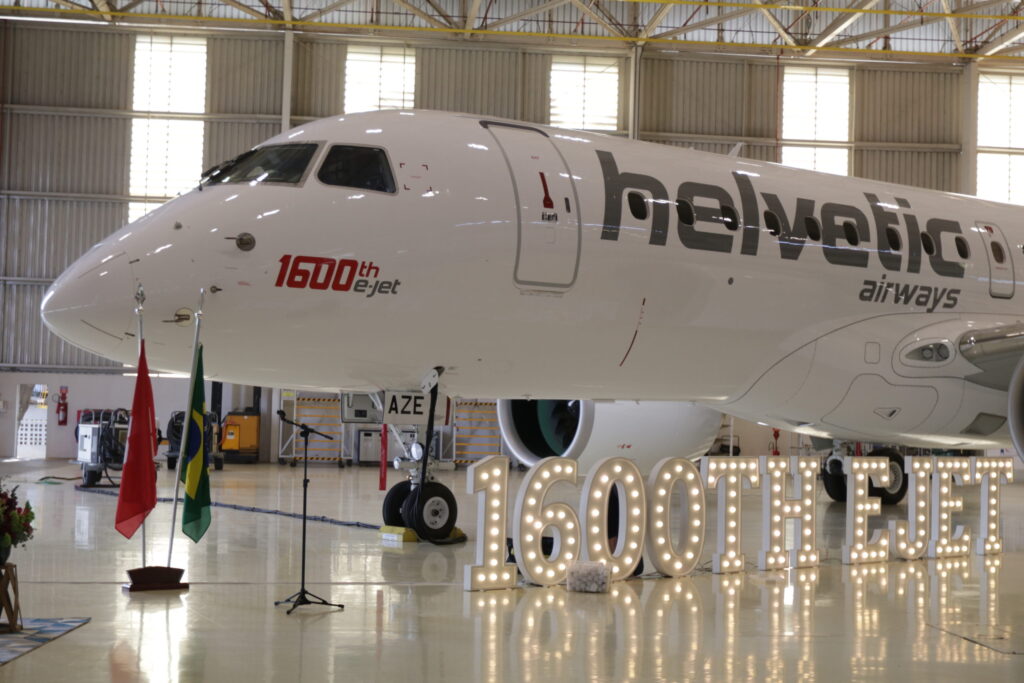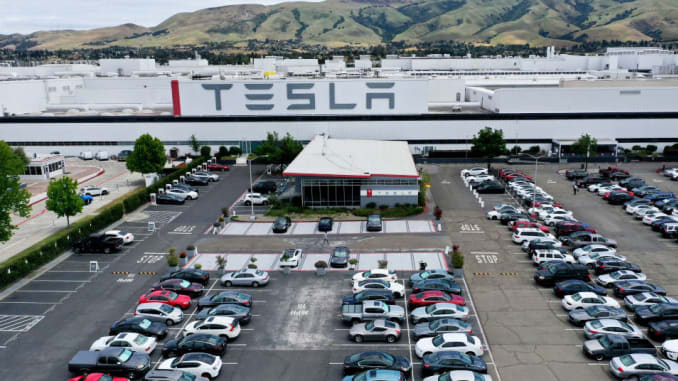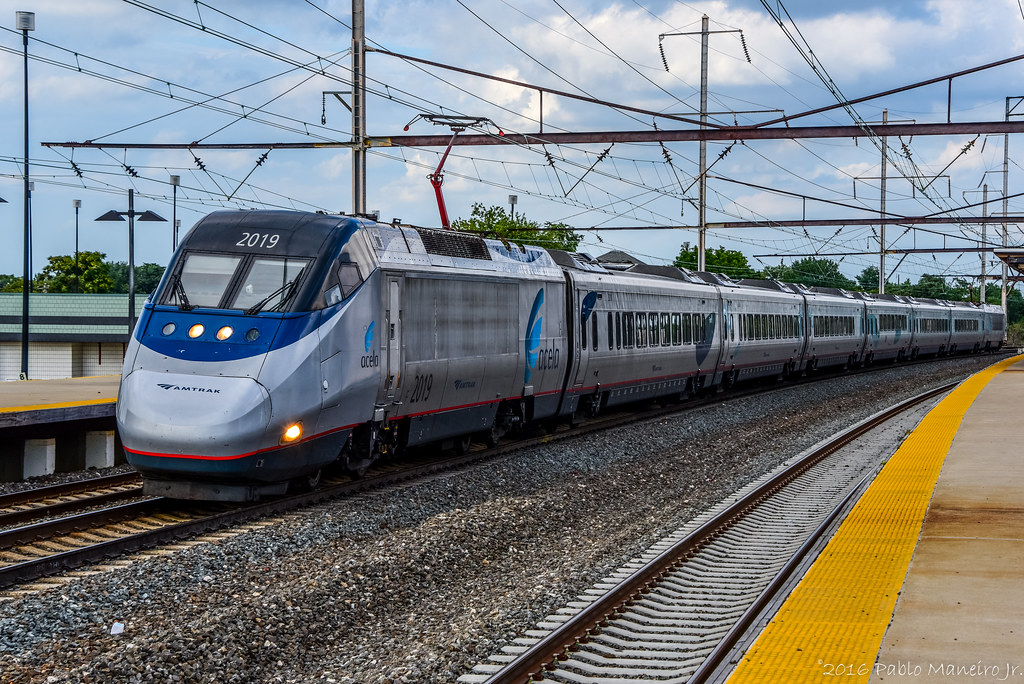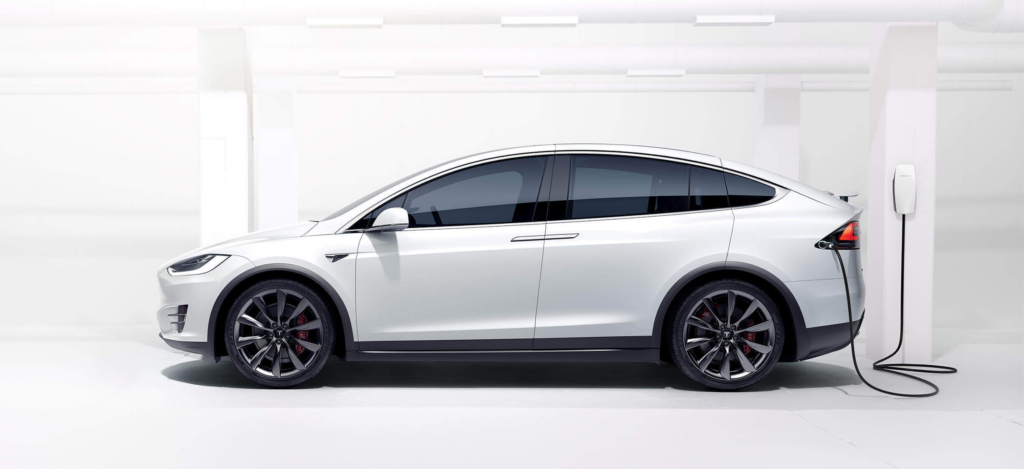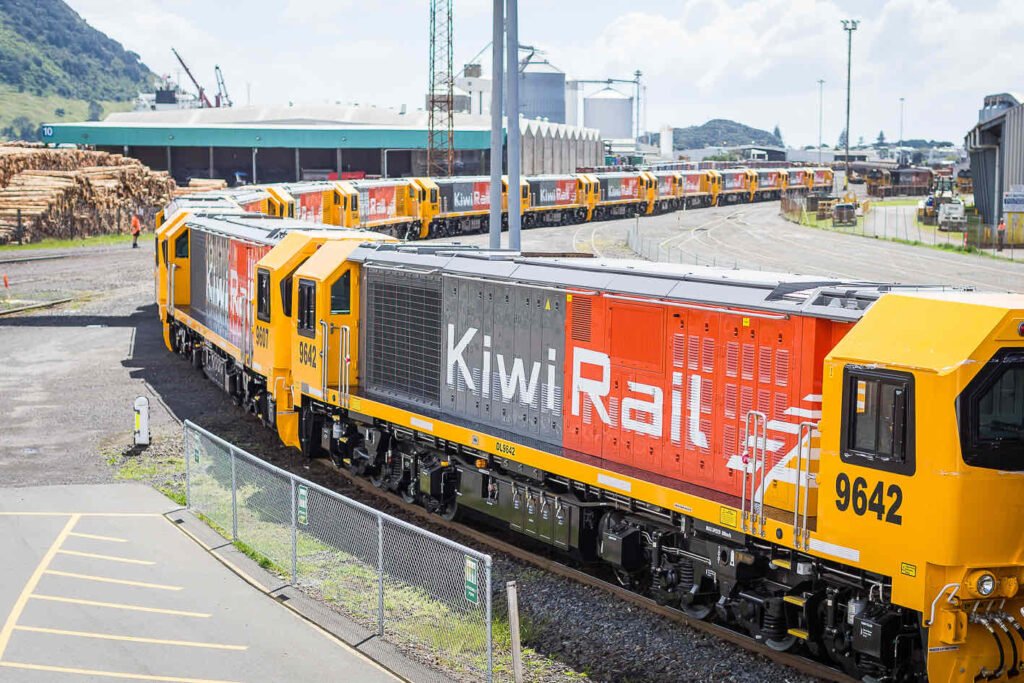Embraer Delivers 1,600th E-Jet to Helvetic Airways
Embraer celebrated today the delivery of its 1,600th E-Jet, an E190-E2. Helvetic Airways of Switzerland received the milestone aircraft. Airlines and leasing companies from some 50 countries have added Embraer E-Jets to their fleets since…
